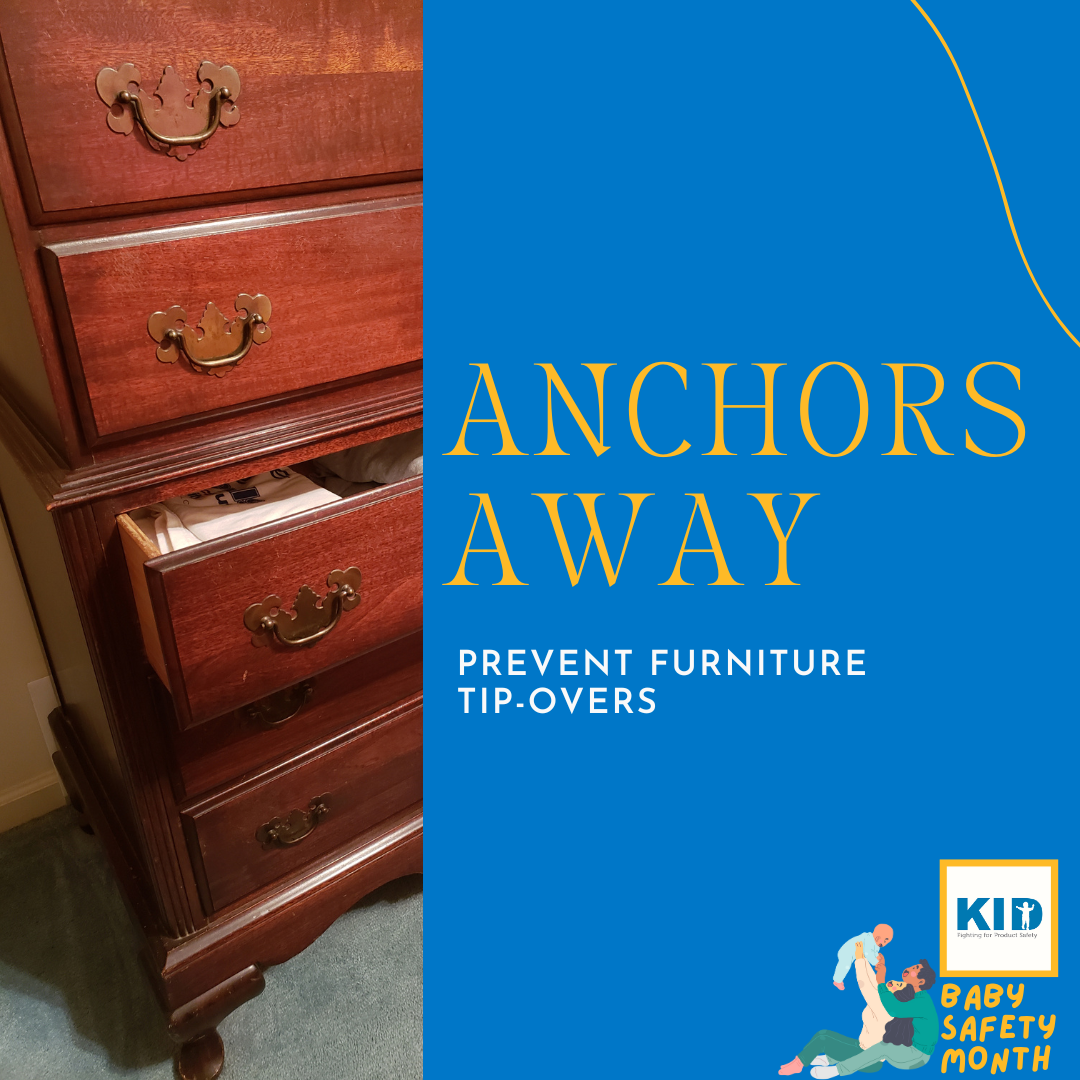Today, KID released two new reports to better assess and improve recall effectiveness.
Recall Effectiveness Under Review

The first report, Recall Reality: Are They Failing Our Children, looks at trends of the effectiveness of children’s product recalls issued by the Consumer Product Safety Commission (CPSC). Following a product recall, all recalling companies are required to agree to a Corrective Action Plan (CAP). This includes any remedial actions taken to mitigate the potential hazard, including outreach, remedy, and destruction of recalled products. KID requested all of these plans through the Freedom of Information Act and analyzed them for trends. Alarmingly we found that only 22% of recalled children’s products that were with consumers were successfully recalled. This means that we do not know where three-quarters of these dangerous products are, or whether they are still in secondhand markets.
While there has been some improvement in tracking these recalls over the years, we received only 36% reports that were sufficient for analysis from 2022 children’s product recalls. Companies continue to exploit Section 6(b) of the Consumer Product Safety Act. This provision allows manufacturers to block the public release of critical recall data, making it harder to hold companies accountable and leaving parents in the dark about potential hazards. Companies using Section 6(b) to block release of their data had the highest average per recall of incidents reported prior to the recall and also had the highest average number of recalled units per product, but we have no way of knowing how these recalls are going.
Survey Reveals Critical Gaps

Our companion report presents the findings from a consumer survey KID conducted over the summer focused on consumer attitudes towards recalls and their response to recall notices. The results point to key reasons why families may or may not participate in recalls, with time and effort often cited as barriers and safety cited as the most prominent motivation. Additionally, when the only remedy for a recalled product is a repair, consumers report lower satisfaction and are less likely to spread the word to other people, meaning many dangerous items stay in circulation.
So, What Needs to Change?
Congresswoman Jan Schakowsky, Ranking Member of the House Committee on Energy and Commerce Subcommittee on Innovation, Data, and Commerce (IDC), which has authority over consumer protection matters, put it best when she said, “Consumers deserve to know that the products they purchase for themselves and for their kids are safe. According to KID’s latest data, companies are hiding behind Section 6(b) of the Consumer Product Safety Act which prevents the Consumer Product Safety Commission (CPSC) from telling the public about potentially dangerous products without a company’s permission.”
“The Sunshine in Product Safety Act would free the CPSC to swiftly warn the public about dangerous products, preventing needless tragedies and saving lives. Section 6(b) acts as a regulatory straightjacket preventing the CPSC from properly informing consumers about vital product safety information. Effective CPSC action can be a matter of life and death,” said Senator Richard Blumenthal (D-CT).
KID’s findings emphasize the need for a more effective recall system, one that prioritizes children’s safety over corporate interests. We made several important recommendations:
- More Comprehensive Remedies: Instead of offering repairs or discounts, companies should provide better incentives like full refunds or replacement products to encourage higher recall participation.
- Greater Transparency: KID calls for policymakers to repeal Section 6(b), enabling greater transparency in recall communications so that parents and caregivers can make informed decisions.
- Increased Outreach: Both manufacturers and the CPSC should step up efforts to notify consumers about recalls through multiple communication channels, such as social media, direct emails, and even text alerts. Offering incentives to participate in recalls could also improve engagement.
For more information, read our press release on the release of the reports. Share our posts on Facebook, Twitter, Instagram, and LinkedIn.


